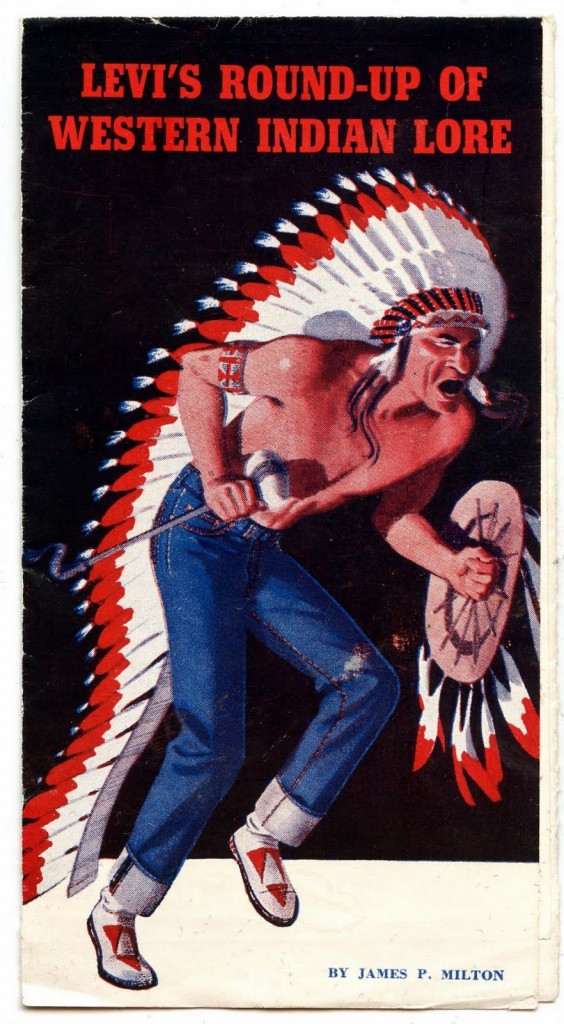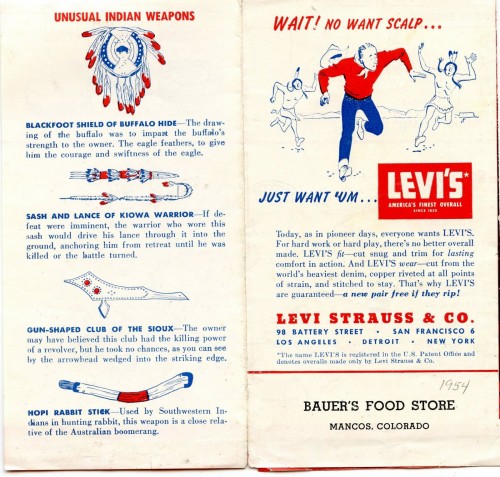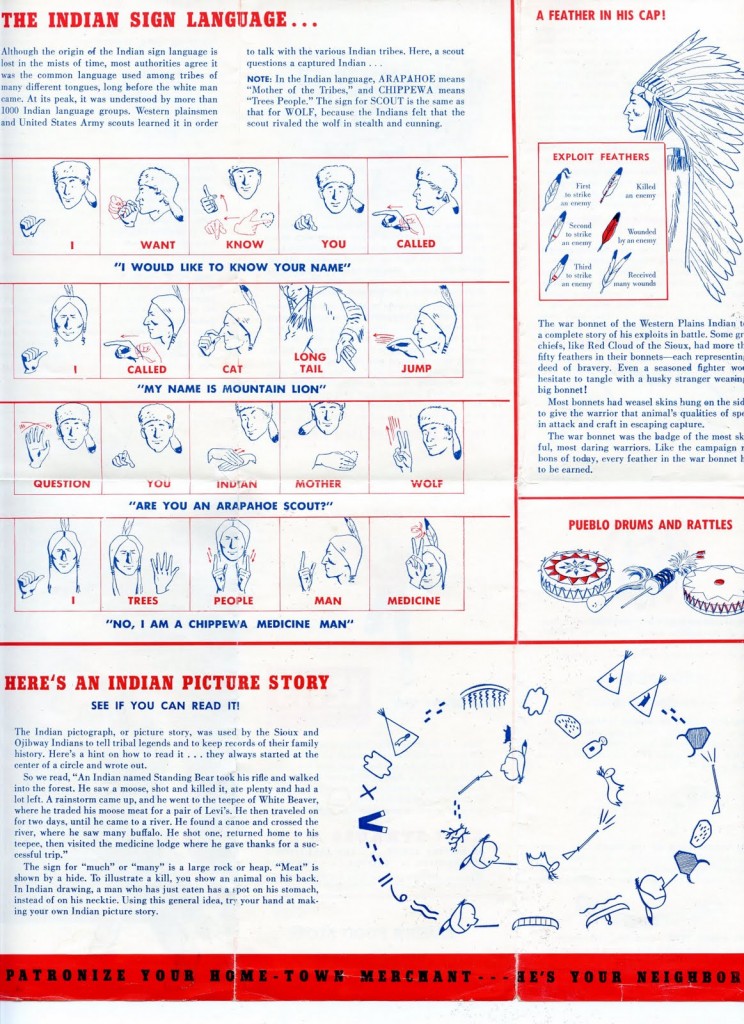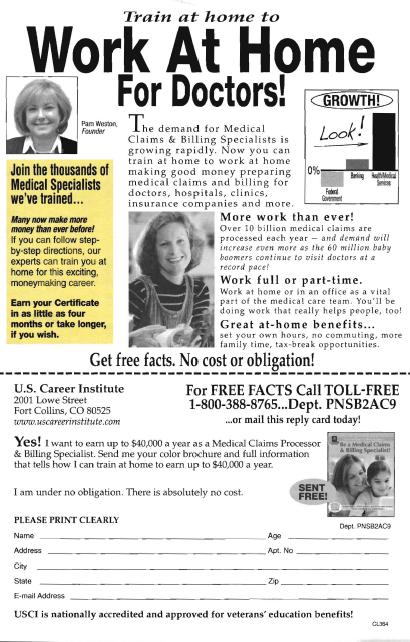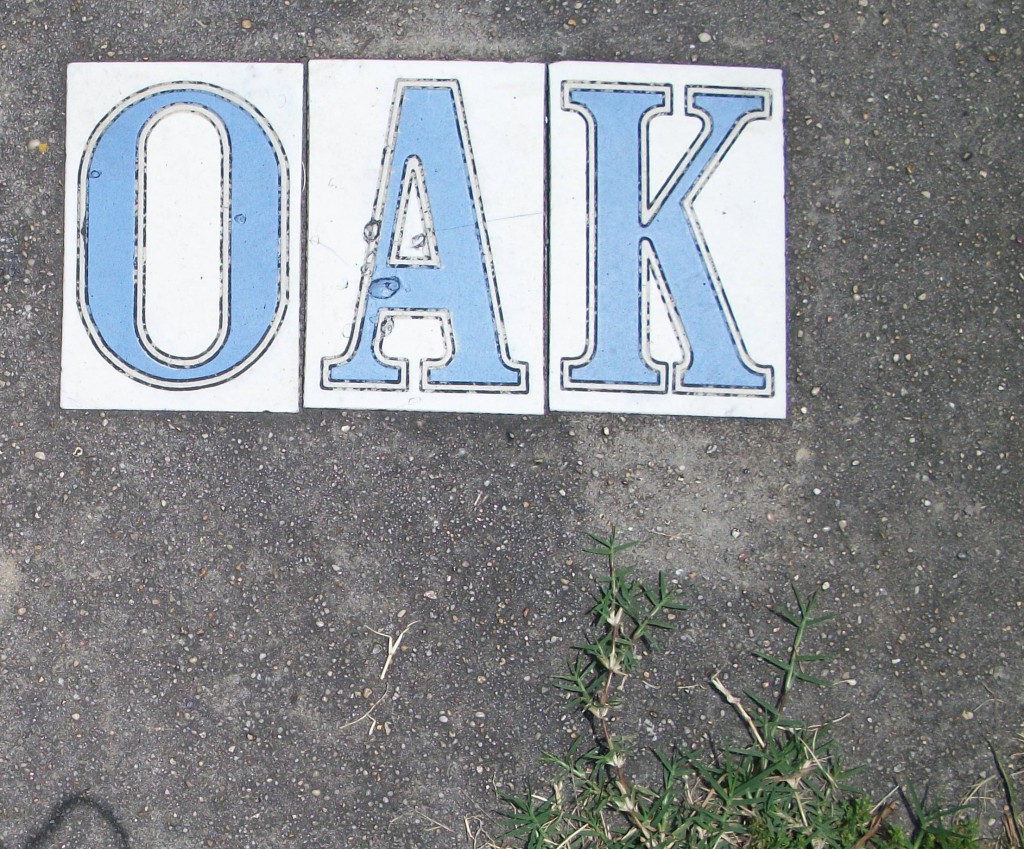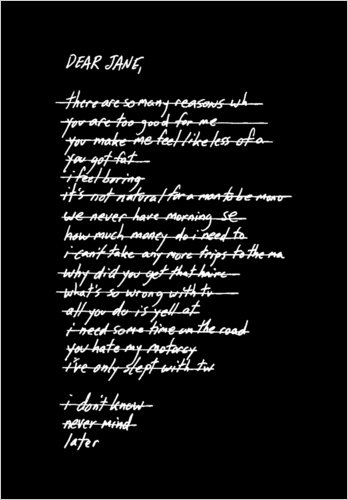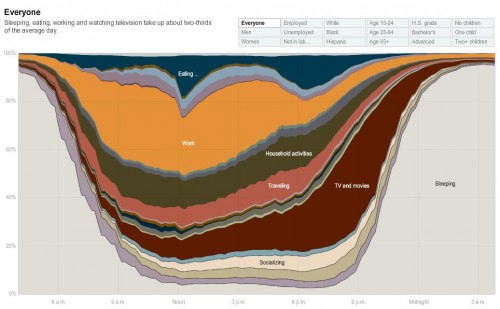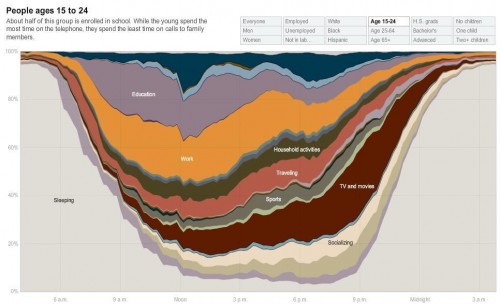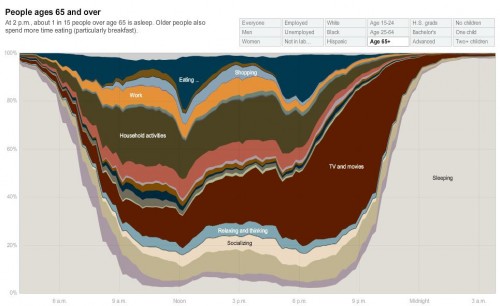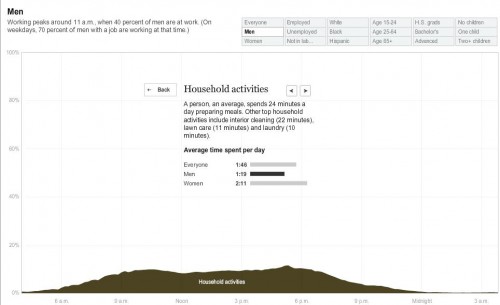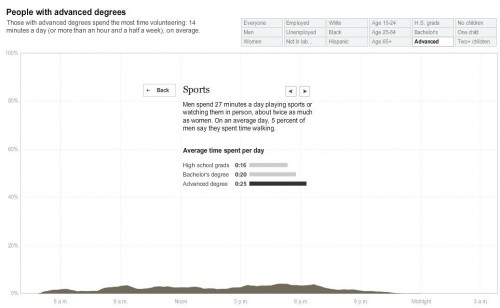Pew Research Center has released data suggesting an age gap in optimism for the future of American young adults.
When asked if their children will be better off or worse off than they are, less than half of U.S. parents say “better off” and a full 25 percent say “worse off.” This is the most pessimistic we’ve seen parents in 16 years.
But their kids are more optimistic than anyone else, with 85% saying that they expect that their financial situation will improve next year:
Of course these data aren’t entirely compatible, but it’s an interesting comparison nonetheless. The idealism of youth? The pessimism that comes with bad backs and mortgage payments? The possibility that 18-29-year-olds have nowhere to go but up?
Economix, via Karl Bakeman.
Lisa Wade, PhD is an Associate Professor at Tulane University. She is the author of American Hookup, a book about college sexual culture; a textbook about gender; and a forthcoming introductory text: Terrible Magnificent Sociology. You can follow her on Twitter and Instagram.



